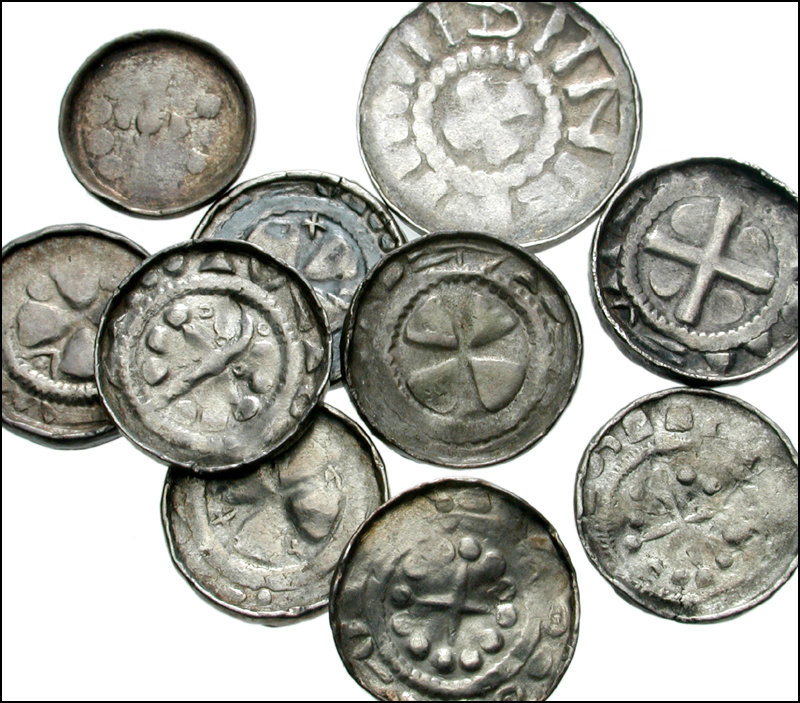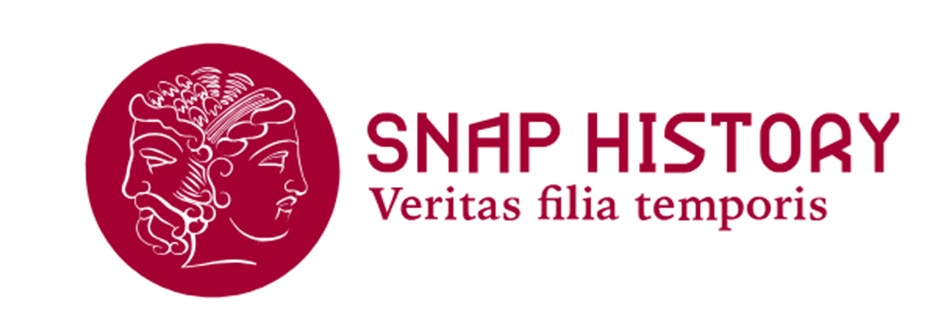Argentum Saxoniae
The discovery of silver mines in Saxony and the European monetary renaissance

Examples of Saxon pfennigs - Wikimedia Commons
In the 10th century, Europe's monetary economy was in crisis. After an initial but short-lived attempt to reintroduce coin circulation in Western Europe during the early Carolingian period, minting activity declined once again and continued to do so until the reign of Emperor Otto I (962–973). This trend reversed when new silver deposits were discovered in Goslar, Saxony.
The discovery led to the introduction of a new currency, the silver pfennig (known as the penny in England), and spurred the opening of dozens of new mints in an economically underdeveloped region. Otto I established 12 mints himself, but by the end of the reign of Otto III (d. 1029), their number had grown to around a hundred. Coincidentally, around the same period, silver extraction in Central Asia declined, which further facilitated the widespread adoption of the pfennig, even reaching the East. Between the late 10th century and the first half of the 11th century, coin circulation for economic purposes resumed across a vast area between the Rhine and the Elbe.
From Saxony, the pfennig spread southward, promoting minting activities in Bohemia, Bavaria, and Hungary, reaching as far as the Black Sea. It also expanded eastward toward Poland and Pomerania, northward into Scandinavia and the Rus', and westward into Frisia and Great Britain. However, many of these early local minting efforts were short-lived or limited in scale. A particularly intriguing aspect of this phenomenon is that the emergence of coinage often coincided with the Christianization of various peoples. This correlation likely stemmed from the fact that barbarian rulers often included Christian missionaries among their advisors. Coming from societies where coinage was widespread and regarded as a symbol of sovereignty, these missionaries may have encouraged rulers to begin minting their own currency. However, this early introduction of a foreign economic element into societies unprepared for a monetary economy may have contributed to the initial failure of coinage among barbarian peoples.
Peter Spufford, Money and its use in medieval Europe, Cambridge, Cambridge University Press, 1988.
2025-06-22
Salvatore Ciccarello
